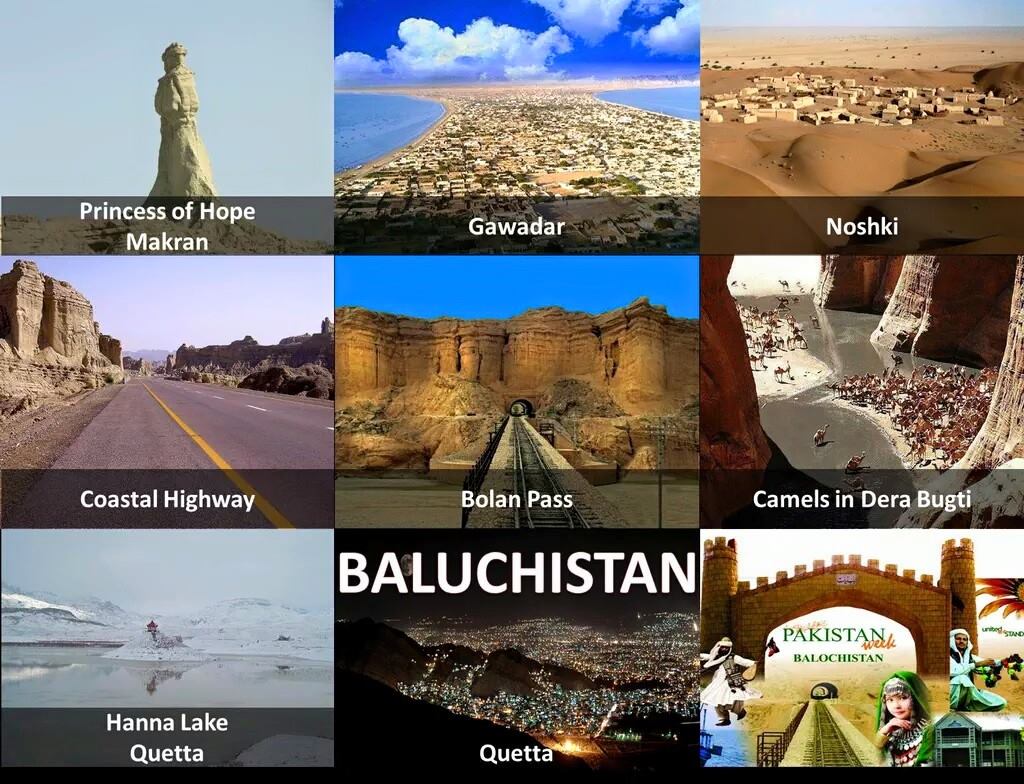Balochistan is the largest province of Pakistan, which makes 44% of the country’s land mass. It traces its history from times immemorial when it was inhabited by Stone Age hunters. According to French Archaeologist Professor Jarrige, by 6,000 BC farmers on the Bolan River were cultivating barley, wheat and dates using floodwater and storing their surplus in large mud bins. The people here were growing cotton and making pottery.
Before the birth of Christ, it had commerce and trade links with ancient civilization of Babylon through Iran and into the valleys of Tigris and Euphrates. Alexander the Great (326 BC) had an encounter with the Sibia tribe of Balochistan. Muhammad Bin Qasim (711 AD) and Mehmood Ghaznavi (11th century AD) also invaded Balochistan resulting in the development of Muslim character. Even today most tribal people of this province resemble Arabs and the inhabitants can be quite a fascinating subject of study by anthropologists.
During 15th century, the Great Baloch Sardar Mir Chakkar Rind united the main Balochi tribes and also ruled over southern Afghanistan and parts of Punjab and Sindh. After this, Balochistan was governed by Safvids, Mughals and Ghilzais for three centuries. The Khans of Kalat united the Brahui tribes and rose to power with support of Nadir Shah of Iran. The British first came to Balochistan during the first Afghan War (1939-42), on their way to Kandhar. In 1876, Robert Sandeman was appointed as the British Agent in Balochistan and by 1887 most of the area was in British hands. Ultimately, in 1947, Balochistan became part of Pakistan.

